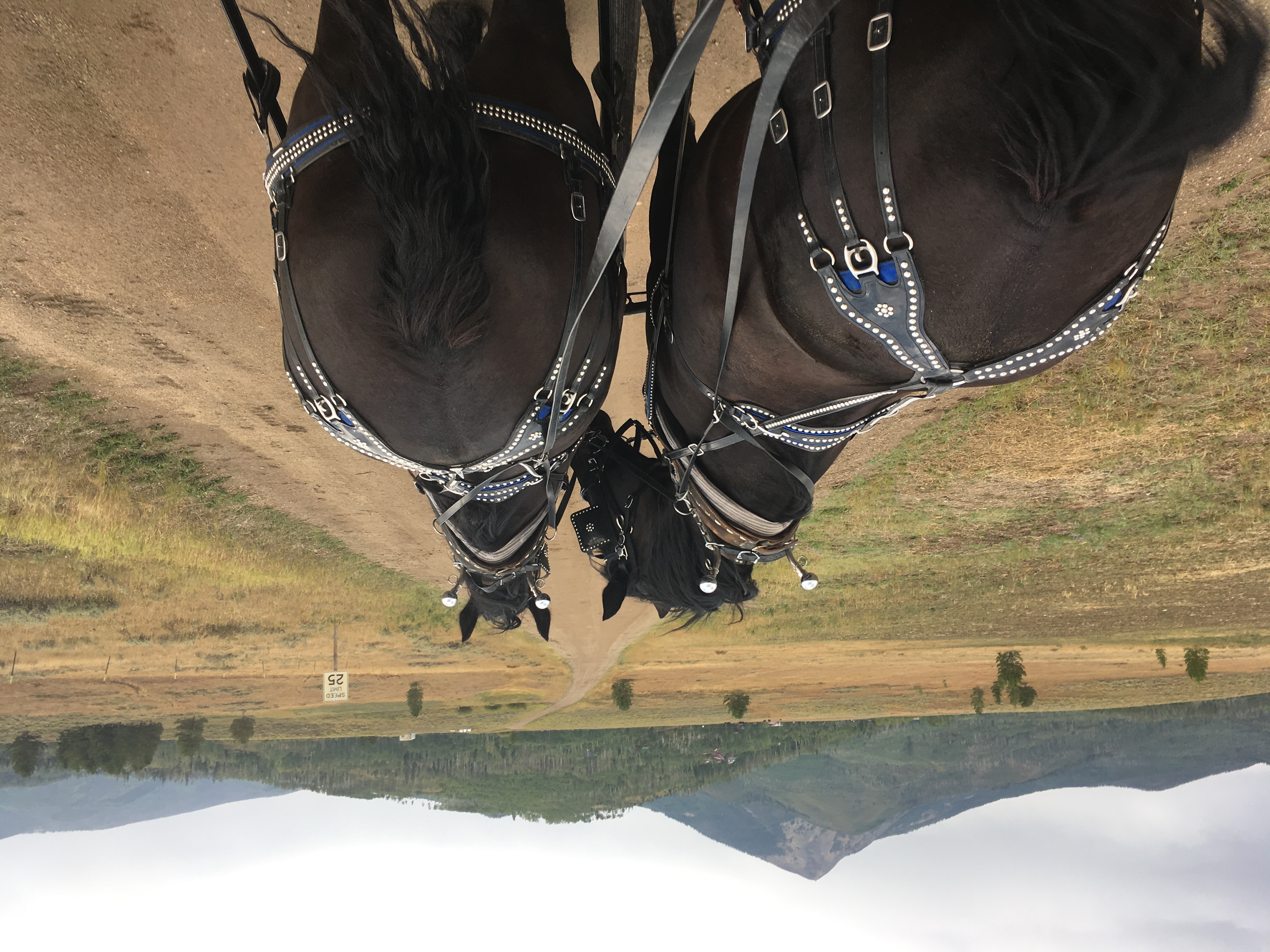A wrangler is someone who takes care of a horse herd. Wrangling is the act of rounding up a herd. You can wrangler horses, cows, kids….it’s all the same! A wrangler’s job is to ensure that the horses and animals are properly cared for, from their living environment, health, and exercise and training.
Where can you work as a wrangler?
Typical locations that hire wranglers include:
- Working Cattle Ranches:
- Dude Ranch/ Guest Ranch:
- Trail Ride Stables:
- Equestrian Centers:
- Children’s Horse Camps/ Ranches:
- Luxury Resorts:
- Religious Ranches:
- National Park Concessionaires:
What other job titles are there for wranglers?
Wranglers can also be called trail ride guides, trekking guides, horse assistant, ranch assistant, equestrian guide, horse trail guide, or ranch hand.
The jobs may vary based on their title and where you are working. For example, dude ranches have ‘ranch hands’ that do the ranch maintenance work and don’t do horse work. Whereas a ranch hand at a working ranch will likely do maintenance work as well as horse work.
A trail ride guide differs from a wrangler as they typically are at stables that do shorter walking horseback rides for guests who specifically come to the stables for a quick horseback ride. Trail rides guides most of the time don’t ‘wrangler’ the horse herd as they usually have less horses that don’t require a full wrangle.
Typical Schedule of a Horse Wrangler
Wranglers work long hours outdoors and are expected to be available at any time for horse herd emergencies, even in the middle of the night! Typically wranglers are the first employees up at a ranch starting with an early day.
6:00: Wrangle the herd in to start the day
7:00: Finish saddling the herd, ready for guests to arrive
8-12pm: Guide a trail ride, do barn chores, and prepare for afternoon rides
1-3pm: Guide an afternoon trail ride or do ranch chores
4 or 5pm: Run the horse herd out and feed dinner
Depending on where you are working, the schedule can be 5 or 6 days a week. The old style of ranching was to work employees 6-7 days a week, however times are changing and ranches are now working employees 4-5 days a week.
Required Experience to become a Horse Wrangler
Horse Experience
Having horse experience is essential to being a wrangler. Being able to ride a horse at a walk, trot, and canter with full control is required. Most positions will require you to submit a video of you riding a horse at all 3 gaits, catching a horse, picking their feet, saddling and bridling the horse, and mounting from the ground.
Physical Ability
It’s impotent to be able to physical mount a horse from the ground as accidents happen on the trail that require you to dismount. Guiding people who don’t typically ride horses mean that you are responsible for making sure they are comfortable. People usually ask for their stirrups to be adjusted on the trail, their cinch may need to be tightened, or people may drop items on the trail. Being able to dismount and mount from the ground is essential to safety.
Uniform and Tack
Jeans, riding boots, a collared western style shirt, and a cowboy hat are usually the required uniform to be a wrangler. Looking the part of a wrangler when guiding trail rides is key to making tips and giving guests the real western experience. Plus it protects you from chafing, foot injuries, and sunburns.
Personally I like having a sweat wicking cooling bandana to put around my neck and keep me cool during hot days on the trail. Also if you end up on the back of a trail ride on a dry day, you will get tons of dust in your face. Having a bandana to put over your mouth will help a ton.
The best boots I like are mid calf height, square toe, with a proper heel to ride safely in. I don’t like steel toe as I’ve heard of nightmare stories where people get stepped on and the steel curls and cuts their toes off (maybe technology has advanced from that by now). Packer boots are also great if you need more ankle support. I like using Doctor Sholl’s work insoles to keep my feet from getting sore. They make a HUGE difference.
Typically ranches don’t require you to bring your own tack as they have tons of saddles to ride in. But if you have your own saddle, you will likely be more comfortable in the long run. Also I like bringing my own bridle because a lot of trail horses are not actually trained to neck rein and you have to direct rein them, in which case the shank bits they use are not the best for that. I like using a snaffle bit to direct rein, which most ranches do not have.

Leave a Reply